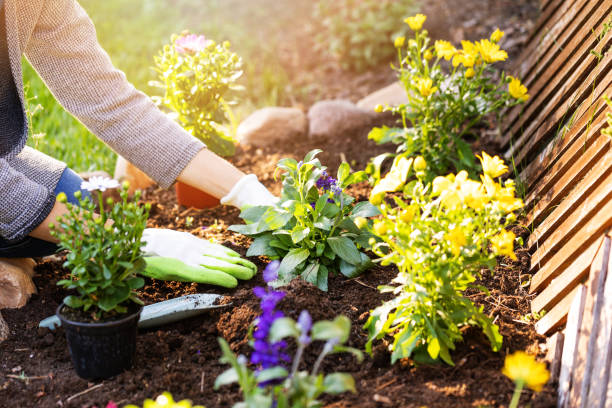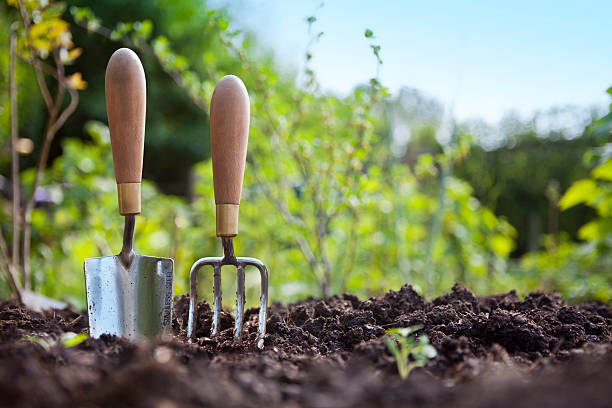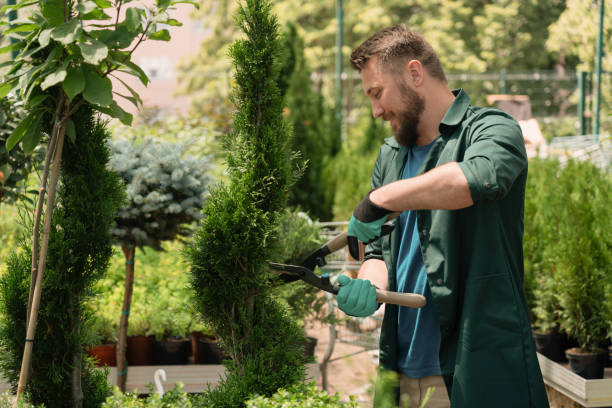The Green Thumb Guide: Essential Tips for a Thriving Garden
Gardening is more than just a hobby—it’s a rewarding way to connect with nature, grow your own food, and create a beautiful outdoor space. Whether you’re a beginner or an experienced gardener, these essential tips will help you cultivate a thriving garden all year round.
1. Choose the Right Plants for Your Climate
Not all plants thrive in every environment. Research your hardiness zone (a geographic area with specific growing conditions) to determine which plants will flourish in your region. Native plants are often the best choice because they’re adapted to local weather and soil conditions.
2. Test and Improve Your Soil
Healthy soil is the foundation of a thriving garden. Conduct a soil test to check pH levels and nutrient content. Most plants prefer slightly acidic to neutral soil (pH 6.0–7.0). Enrich your soil with:
-
Compost (improves fertility and drainage)
-
Mulch (retains moisture and prevents weeds)
-
Organic matter (such as manure or leaf mold)
3. Water Wisely
Overwatering can be just as harmful as underwatering. Follow these watering best practices:
-
Water deeply but less frequently to encourage strong root growth.
-
Water in the early morning to reduce evaporation and fungal diseases.
-
Use drip irrigation or soaker hoses for efficient watering.
4. Provide Proper Sunlight
Plants have different sunlight needs:
-
Full sun (6+ hours of direct sunlight) – ideal for vegetables like tomatoes and peppers.
-
Partial shade (3–6 hours of sunlight) – good for leafy greens and herbs.
-
Full shade (less than 3 hours of sunlight) – best for ferns and hostas.
5. Practice Smart Planting Techniques
-
Companion planting – Some plants grow better together (e.g., basil with tomatoes repels pests).
-
Crop rotation – Prevents soil depletion and reduces disease risk.
-
Proper spacing – Avoid overcrowding to ensure good air circulation.
6. Control Pests Naturally
Chemical pesticides can harm beneficial insects. Try these eco-friendly alternatives:
-
Neem oil (natural insect repellent)
-
Ladybugs & praying mantises (eat harmful pests)
-
Marigolds & garlic (deter insects naturally)
7. Prune and Deadhead Regularly
Pruning encourages healthy growth and prevents disease. Remove dead or diseased branches and deadhead (trim spent flowers) to promote new blooms.
8. Fertilize Strategically
Use organic fertilizers like compost tea, fish emulsion, or worm castings. Over-fertilizing can burn plants, so follow package instructions carefully.
9. Keep a Gardening Journal
Track planting dates, weather patterns, and plant performance to improve your gardening skills over time.
10. Enjoy the Process!
Gardening is a journey—experiment, learn from mistakes, and take pride in watching your garden flourish.
Final Thoughts
With the right knowledge and care, anyone can develop a green thumb. Start small, stay consistent, and soon you’ll reap the rewards of a lush, thriving garden. Happy gardening!





